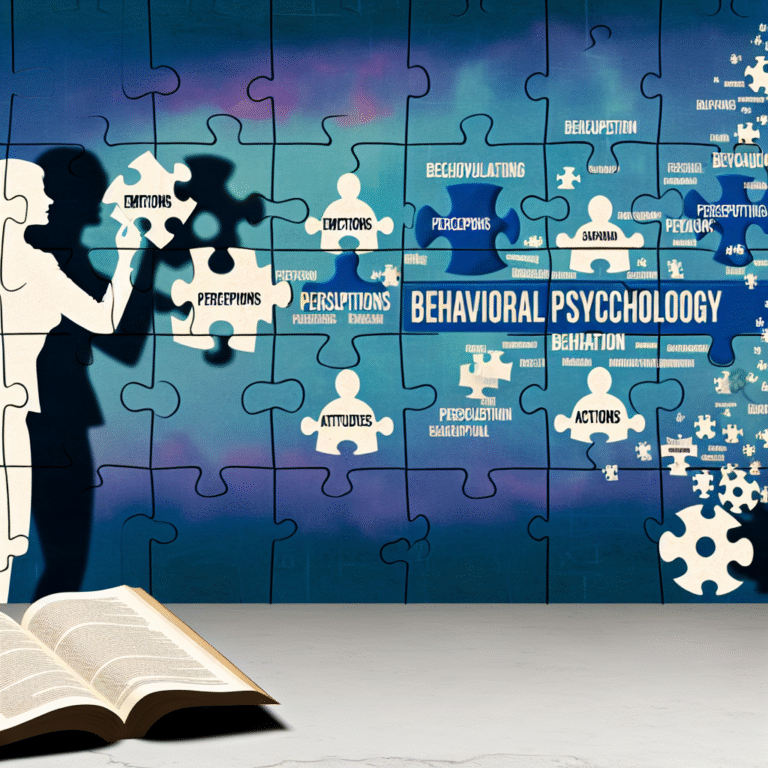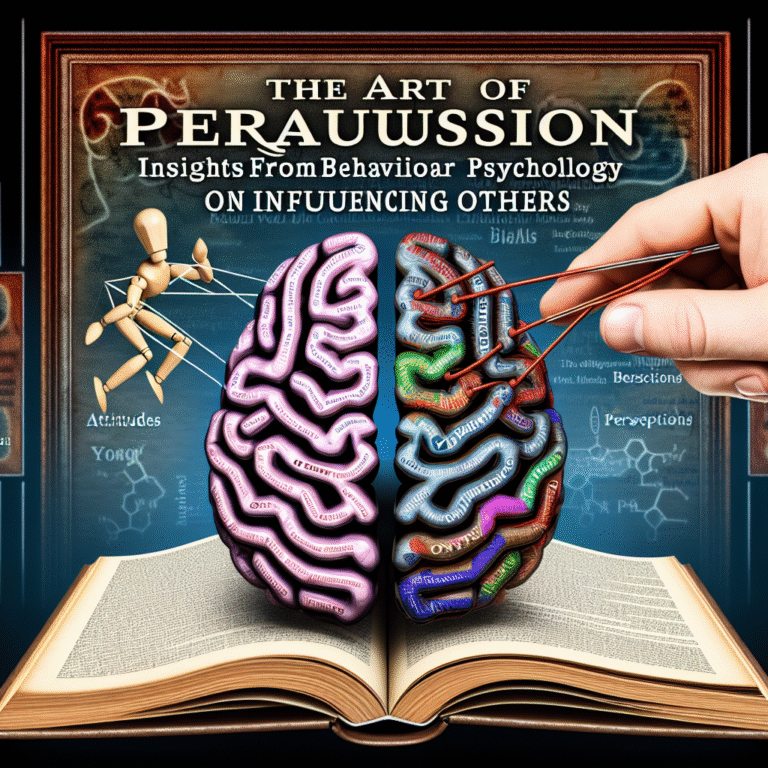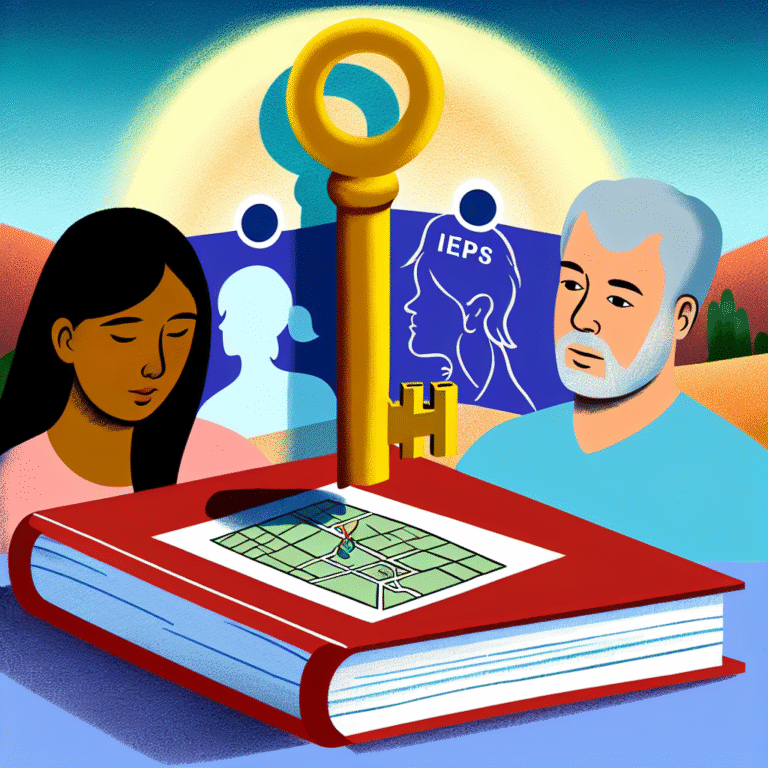
Beyond Discipline: Utilizing Behavioral Psychology for Emotionally Intelligent Classrooms
Introduction
In today’s rapidly evolving educational landscape, fostering a nurturing and engaging learning environment goes beyond traditional discipline methods. It demands a profound understanding of how behavioral psychology can create emotionally intelligent classrooms. The concept of "Beyond Discipline: Utilizing Behavioral Psychology for Emotionally Intelligent Classrooms" is not just a trendy phrase; it represents a paradigm shift in how educators approach student behavior, social-emotional learning, and classroom management.
Imagine a classroom where students not only perform academically but also thrive emotionally. This vision is not a distant dream but an achievable reality when teachers harness the principles of behavioral psychology. This article delves into how educators can leverage these psychological insights to cultivate emotionally intelligent environments conducive to learning, encouraging cooperation, empathy, and self-regulation among students.
Understanding Behavioral Psychology in Education
What is Behavioral Psychology?
Behavioral psychology focuses on understanding how the external environment influences human behavior. Key theories—like classical conditioning, operant conditioning, and social learning—explain how behaviors are learned and reinforced. For educators, understanding these foundations is essential for applying strategies that foster emotional intelligence.
The Importance of Emotional Intelligence
Emotional intelligence (EI) encompasses the ability to recognize, understand, and manage our own emotions and those of others. Daniel Goleman, a leading researcher in the field, identifies five key components of EI: self-awareness, self-regulation, motivation, empathy, and social skills. Integrating these components into classroom dynamics can result in a more compassionate and supportive learning environment.
Table 1: Components of Emotional Intelligence
| Component | Description |
|---|---|
| Self-awareness | Understanding one’s emotions |
| Self-regulation | Managing one’s emotions appropriately |
| Motivation | Harnessing emotions to pursue goals |
| Empathy | Recognizing and understanding others’ emotions |
| Social Skills | Building healthy interpersonal relationships |
Implementing Behavioral Psychology Strategies
1. Establishing Clear Expectations
Behavioral psychology underscores the importance of clear expectations. Educators can use positive reinforcement techniques to promote desired behaviors. Instead of focusing solely on what not to do, establish what students are expected to do.
Case Study: Ms. Thompson’s Classroom
Ms. Thompson, a fifth-grade teacher, implemented a behavior contract that outlined clear expectations and consequences. She utilized a point system wherein students earned points for demonstrating responsible behaviors like teamwork and respect. This strategy not only reduced misbehavior but also empowered students to take ownership of their actions, aligning perfectly with the concept of "Beyond Discipline: Utilizing Behavioral Psychology for Emotionally Intelligent Classrooms."
2. Building Relationships
Cultivating strong relationships between teachers and students is foundational for emotional intelligence. Positive teacher-student connections can significantly enhance students’ willingness to engage and learn.
3. Teaching Emotional Awareness
Incorporating emotional literacy into the curriculum helps students identify and articulate their feelings. Role-playing scenarios can enhance empathy and social awareness. For instance, using literature to explore character emotions can stimulate discussions that deepen emotional understanding.
Case Study: Literature Circles
A school district in San Diego introduced literature circles, where students discussed the emotions of characters in various books. This tactic encouraged them to articulate their feelings while fostering discussions around empathy. As a result, students exhibited improved social skills and emotional regulation, exemplifying the principles found in "Beyond Discipline: Utilizing Behavioral Psychology for Emotionally Intelligent Classrooms."
4. Encouraging Self-Regulation Techniques
Training students in self-regulation techniques can be transformative. Mindfulness practices, such as deep breathing or journaling, help students manage stress and recognize their emotional triggers.
5. Positive Reinforcement
Positive reinforcement capitalizes on rewarding desirable behaviors. Utilizing praise, tangible rewards, or recognition can motivate students to replicate those behaviors.
Table 2: Examples of Positive Reinforcement
| Behavior | Reinforcement Method |
|---|---|
| Completing homework | Praise and a homework pass |
| Showing kindness | Recognition board selection |
| Helping others | Extra recess time |
Case Studies and Real-World Applications
Case Study 1: The Responsive Classroom Approach
The Responsive Classroom approach utilizes a combination of social-emotional learning and academic success. This model emphasizes the importance of creating a safe and engaging environment for all students. Schools that have adopted this model report higher student engagement, improved behavior, and a more positive school climate.
Analysis
The Responsive Classroom approach directly reflects the need for emotionally intelligent classrooms. It embodies the essence of "Beyond Discipline: Utilizing Behavioral Psychology for Emotionally Intelligent Classrooms" by blending behavioral strategies with emotional support.
Case Study 2: Social-Emotional Learning (SEL) Programs
Many districts have begun integrating SEL programs that teach students essential skills—like conflict resolution and empathy—that directly align with behavioral psychology principles. Programs like the "Collaborative for Academic, Social, and Emotional Learning (CASEL)" equip teachers with tools to foster emotionally aware environments.
Analysis
The implementation of SEL programs exemplifies education’s shift towards a comprehensive approach that encompasses emotional awareness in academics, resonating with the themes of this article.
Creating an Emotionally Intelligent Classroom Environment
Designing the Physical Space
An emotionally intelligent classroom is one where the environment itself promotes positive behaviors. Flexible seating, quiet zones, and collaborative workspaces encourage emotional expression and interaction among students.
Teacher Training
Educators must be equipped with the knowledge and skills necessary to address emotional intelligence in the classroom. Ongoing professional development and training workshops focusing on behavioral psychology can enhance teachers’ abilities to implement these strategies effectively.
Conclusion
As we explore the idea of "Beyond Discipline: Utilizing Behavioral Psychology for Emotionally Intelligent Classrooms," it becomes evident that transforming educational environments requires intentional strategies rooted in psychological understanding. By fostering emotional intelligence, educators can create supportive, engaging, and productive classrooms that go beyond mere discipline.
The journey to creating emotionally intelligent classrooms begins with recognizing the interplay between behavior and emotions. By incorporating the insights discussed in this article, educators can help every student thrive—not only academically but socially and emotionally as well. Let us embrace this potential and reimagine the classroom as a place of empathy, cooperation, and holistic development.
FAQs
1. What is the main goal of emotional intelligence in the classroom?
The main goal of emotional intelligence in the classroom is to create a supportive environment where students can manage their emotions, develop social skills, and engage positively with others.
2. How can teachers implement behavioral psychology in their classrooms?
Teachers can implement behavioral psychology by establishing clear expectations, using positive reinforcement, promoting emotional literacy, and fostering strong relationships with students.
3. Why is the emotional climate of a classroom important?
The emotional climate of a classroom is crucial because it affects student engagement, behavior, academic performance, and overall well-being. A positive climate fosters learning and emotional growth.
4. Can emotional intelligence be taught?
Yes, emotional intelligence can be taught through structured programs, discussions, and activities that focus on recognizing and managing emotions, as well as developing empathy and social skills.
5. What role does the environment play in emotional intelligence?
The physical environment plays a significant role in emotional intelligence by creating spaces that promote collaboration, communication, and emotional expression, thereby enhancing student engagement and comfort in the learning process.
By adopting a holistic approach that integrates behavioral psychology, educators can pave the way for a future where students do not just achieve academically but flourish emotionally.















